| The Knights Templar (1997) Film Educator Guide |
|---|
| www.studenthandouts.com ↣ World History ↣ Crusades ↣ Crusades Books and Films |
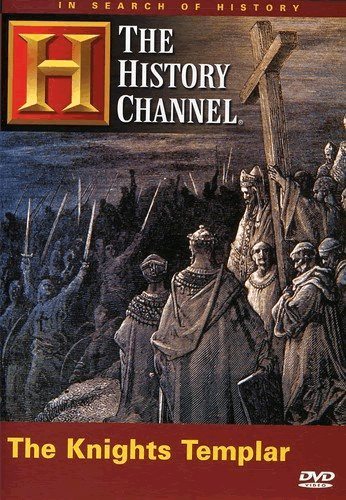 Length: 43 minutes Length: 43 minutesAge appropriateness: The Biography Channel's "In Search of History: The Knights Templar" (also released under the title "Ancient Mysteries: The Knights Templar") is not officially rated in the United States. It is safe viewing for all ages. Based on its content, this documentary is most appropriate for students in grades seven and up. Creators and stars: Biography Channel, Anne Gilmour Bryson, Bram Roos, Chip Brooks, Daibhidh Wallace, David Barsky, Edward Peters, Henry Lincoln, Jennifer Grant, John Ritchie, Leonard Nimoy, Malcolm Charles Barber, Steven R. Talley, Susan Lutz, Thomas Fuchs, Tracey Benger Accuracy: "The Knights Templar" is a mixture of factual presentations from historians and fictional rubbish from the writer Henry Lincoln, who coauthored The Holy Blood and the Holy Grail (1982), a novel which heavily influenced Dan Brown's 2003 The Da Vinci Code. Review: "The Knights Templar" gives us mixed feelings. On the one hand, it provides a lot of good, easy-to-understand background information on the Crusades (1095-1291) which took place during Europe's Middle Ages. On the other hand, it gives a lot of mumbo-jumbo designed to titillate rather than to inform. Respected history professors are interviewed, as well as fictional writer Henry Lincoln; no distinction is made between their vastly different levels of historical knowledge. Although this documentary predates Dan Brown's The Da Vinci Code by about six years, it raises much of the same fictional material that clouds people's knowledge of this period. This is because Henry Lincoln co-wrote The Holy Blood and the Holy Grail, which contains much of the same historical misinformation and disinformation (so much so that Dan Brown fought a law suit for plagiarism). As most history teachers know, the popularity of fantastical stories related to Holy Grail/Holy Bloodline/Da Vinci Code theories has created a generation (or two) of people who are filled with historical misinformation. This is largely due to the fact that Dan Brown prefaced his original novel with words stating that the book is based on a true history of the Knights Templar. Nearly ten years after Dan Brown's novel first appeared, this misinformation has only begun to dissipate. Therefore, it might not be a good idea to introduce students to fictional writer Henry Lincoln masquerading as an authority on medieval Templar history. Then again, in the hands of an adept teacher, this might be a wonderful opportunity to enlighten students on the reality that simply because something appears in a documentary, let alone on an outlet called the History Channel, it does not necessarily mean that the information is true or accepted by actual experts. If you do watch this video/DVD with students, explain beforehand who Henry Lincoln is, and how his writings have impacted popular culture and knowledge regarding the Knights Templar. After watching this film, discuss whether or not Henry Lincoln's commentary added to or detracted from students' knowledge of the facts. Compare and contrast the content quality of documentaries made for profit (such as for the History Channel) and those made by non-profit entities (such as PBS). Review and discussion questions: (1) Take notes on each section of the film as you watch it—Act I: Warrior Monks, Act II: The Mystical Head, Act III: Mystery of the Shroud, Act IV: Fall of the Templars, Act V: Templar Treasure. (2) How and when were the Poor Knights of Jesus Christ founded? (3) Explain the etymology of the term "Knights Templar." (4) How and why did the Knights Templar become wealthy? (5) Describe the relationship that the Knights Templar had with Jews and Muslims in the Holy Land. (6) Describe the Fourth Crusade (1204). (7) What role did France's Philip IV play in the downfall of the Knights Templar? (8) What do you conjecture happened to the Knights' treasure, if it ever existed? Vocabulary terms and names: Antioch, Baldwin II of Jerusalem, Bernard of Clairvaux, chastity, Christendom, Crusader kingdoms, diplomatic missions, fortress, Geoffroi de Charny, Gnosticism, Hashishin, Holy Land, Hugues de Payens, Jacques de Molay, Jerusalem, Knights of the Temple of Solomon, Knights Templar, Mandylion, obedience, Philip IV of France, pilgrim, Poor Knights of Jesus Christ, Pope Clement V, Pope Urban II, poverty, Rosslyn Chapel, Saladin, Saracens, Shroud of Turin, Temple Mount, treasure, Usama ibn Munqidh |
 | 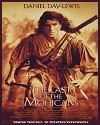 | 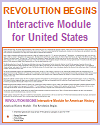 | 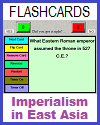 | 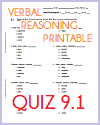 | 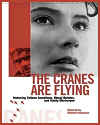 |
| Crusades Books and Films | Crusades Outlines and PowerPoints |
| Crusades Maps and Pictures | Crusades Study Games |
| Crusades Miscellany | Crusades Worksheets |
| www.studenthandouts.com ↣ World History ↣ Crusades ↣ Crusades Books and Films |








